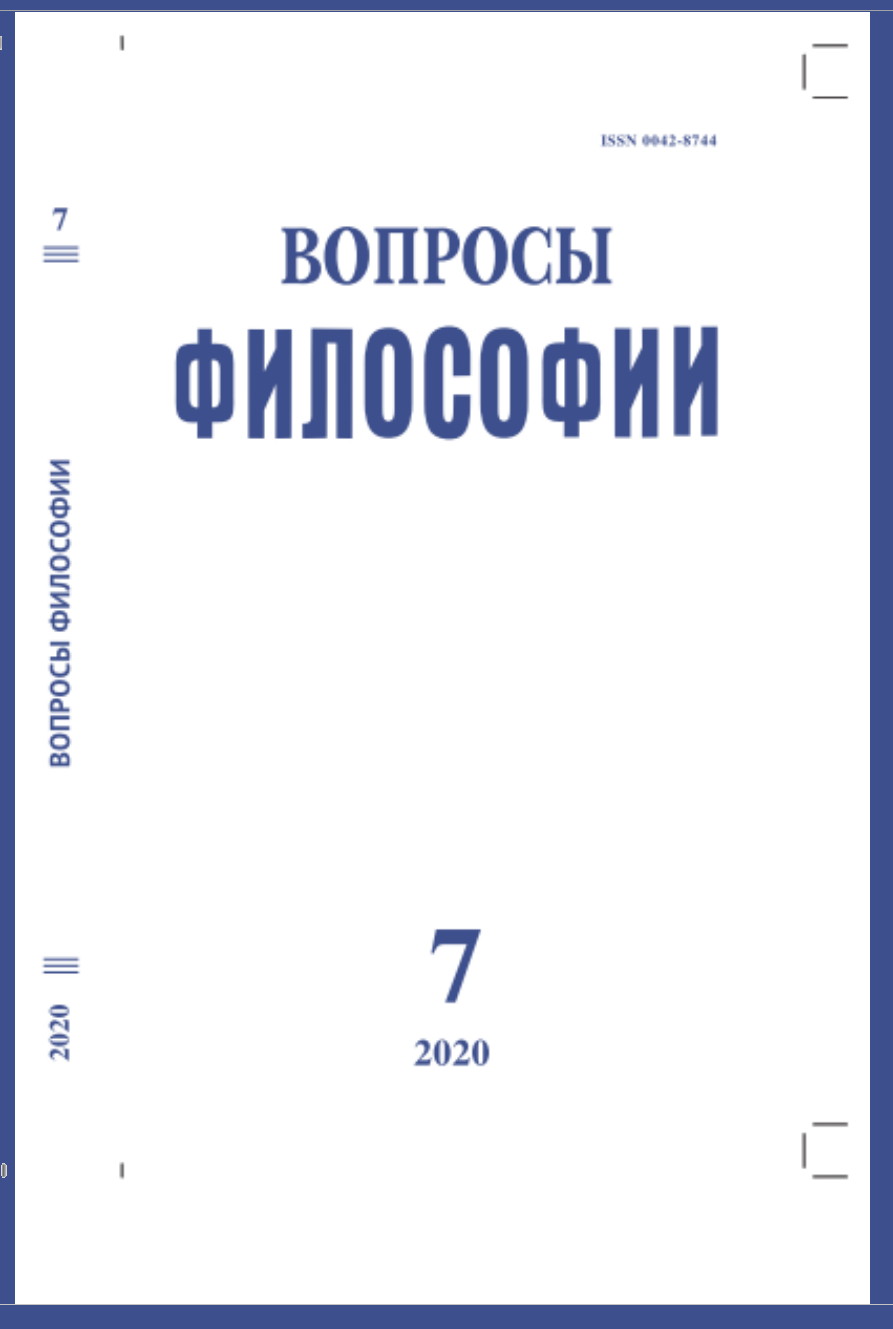Catholic tendencies in French symbolism’s aesthetics. Paul Claudel
DOI:
https://doi.org/10.21146/0042-8744-2020-7-58-67Keywords:
Claudel, aesthetics, art, symbolism, correspondences, inspiration, intuitionAbstract
The article reconstructs the aesthetics of P. Claudel. The author reveals a number of original ideas that he introduced into the aesthetic line of modern Catholicism, related to artistic symbolism, the theourgic role of art, and the cosmism of creativity. The meaning of Claudel’s distinction between subjective and objective, primary symbolism, which opens the cosmic vision of the Universe in art, is revealed. The author analyzes the key concepts of his work – art, symbol, correspondences, artistic synthesis, aesthetic contemplation and pleasure. The originality of his interpretation of the relationship between metaphor, artistic image and symbol is shown. The article studies the concept of artistic creativity with an emphasis on inspiration, imagination, and intuition in contrast to the rational principle. Claudel’s understanding of the relationship between phenomenon and essence, visible and invisible in art, focused on the mysterious, enigmatic, illusory, transmitted by allusions, is traced. His concept of dynamic and static symbolism is considered. The article shows the specifics of Claudel’s philosophy of art, his symbolic interpretation of painting, music, and poetry. Not only aesthetics, but also Claudel’s work as a poet and playwright is imbued with the spirit of symbolism.

